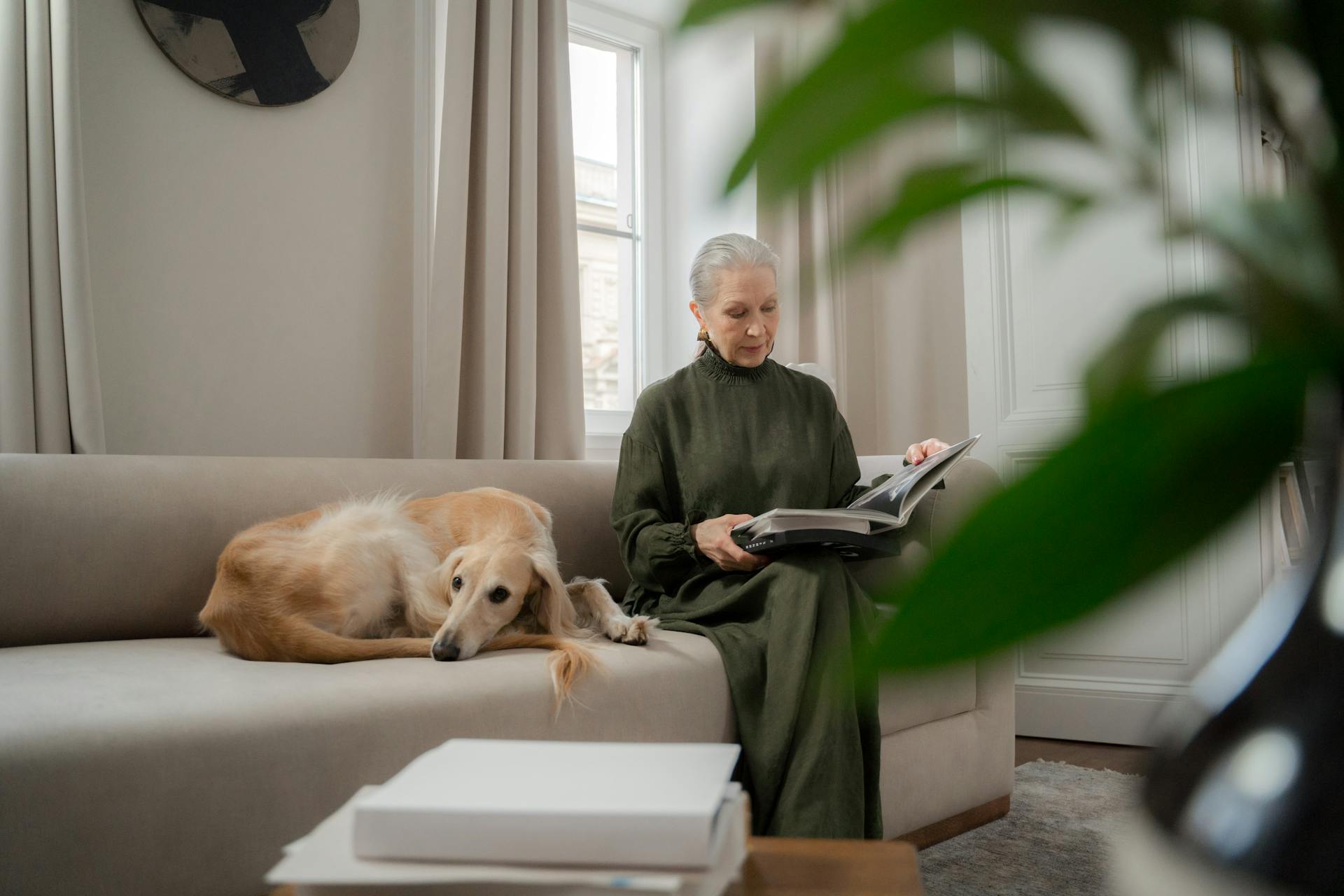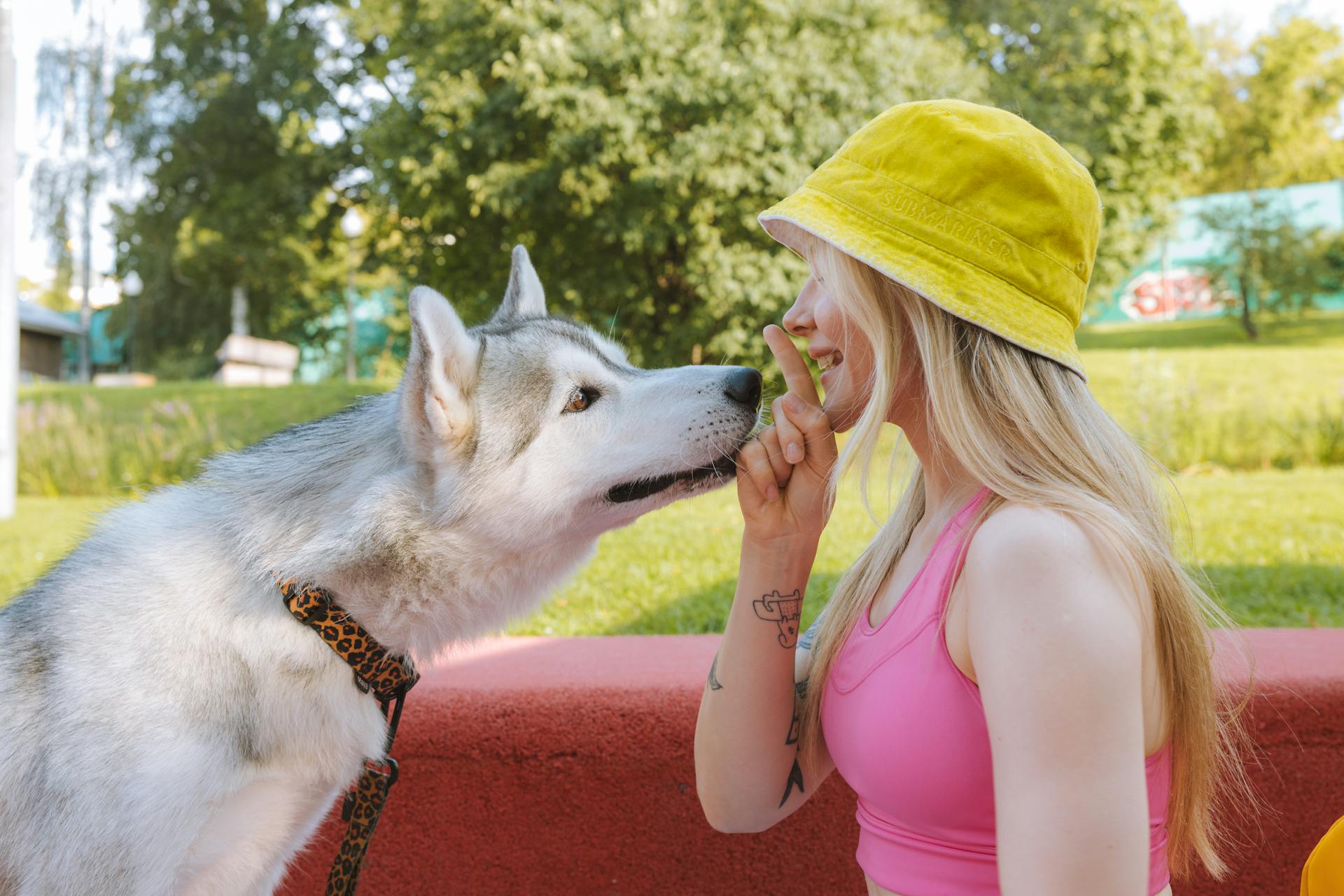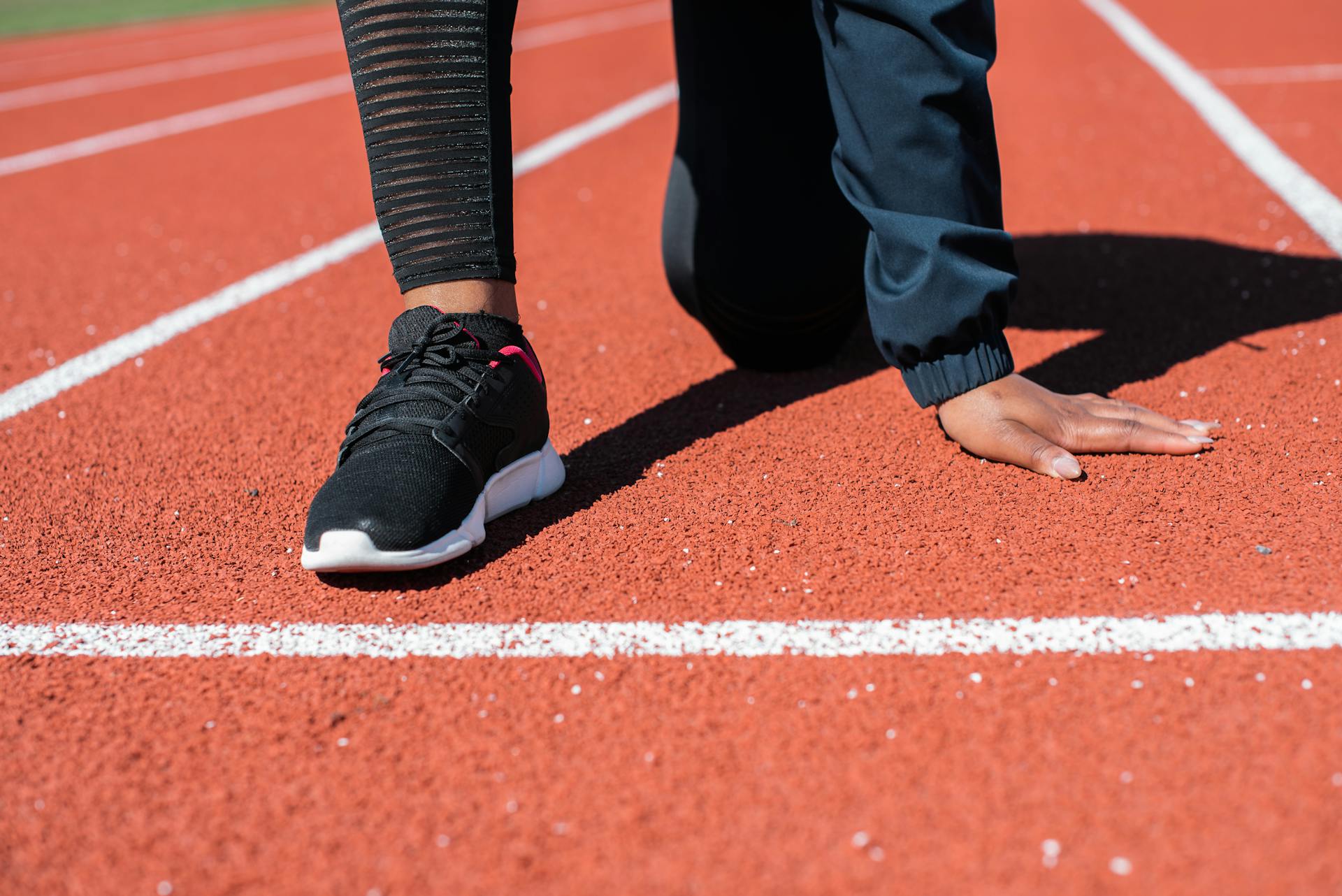
Retired racing greyhounds can make amazing pets, but they do require some special care.
Greyhounds are bred for speed, not for endurance, so they need regular exercise to stay happy and healthy. They're built for short bursts of energy, not long-distance running.
One of the biggest misconceptions about greyhounds is that they're high-maintenance pets. In reality, they're relatively low-maintenance compared to other breeds. They're calm, gentle, and quiet, making them a great choice for apartment dwellers or families with small children.
Retired Racing Greyhounds 101
Retired racing Greyhounds have an incredible 8000-year history, with the breed being celebrated in song and legend for thousands of years.
The Greyhound has been bred almost exclusively for racing, but unfortunately, many dogs didn't make the grade at the track and were destroyed. According to official estimates, 60,000 of these noble, mild-mannered dogs were destroyed each year prior to the 1980s.
Fortunately, organizations now exist to rescue these unwanted dogs and place them in good homes, giving them a second chance at a happy life.
To understand the Greyhound personality, you need to know that they are known for being gentle and calm, making them a great fit for families with children.
Here are some key characteristics to consider when choosing the right ex-racer for you and your family:
- Physical characteristics: Greyhounds are a medium-sized breed with a short, smooth coat.
- Behavioral characteristics: Greyhounds are calm, gentle, and laid-back, but they do require regular exercise to stay happy and healthy.
With proper care and attention, retired racing Greyhounds can live a happy and healthy life, but they do require some special considerations, such as regular exercise and a balanced diet.
Here are some tips for feeding, grooming, and exercising a Greyhound:
- Feeding: Greyhounds are a relatively low-maintenance breed when it comes to feeding, but they do require a balanced diet that meets their nutritional needs.
- Grooming: Greyhounds have a short, smooth coat that requires minimal grooming, but they do need regular nail trimming and ear cleaning.
- Exercising: Greyhounds require regular exercise to stay happy and healthy, but they are not high-energy dogs and can get enough exercise with short, gentle walks and playtime.
With a little patience and understanding, you can help your retired racing Greyhound adjust to living in a home and become a loving companion.
Health and Care
Retired racing greyhounds are generally healthy dogs, but like any breed, they can be prone to certain health issues. They often live up to 10-13 years with proper care.
Greyhounds are sensitive to extreme temperatures, so they need a warm and cozy place to sleep, especially in cold climates. They typically weigh between 50-80 pounds.
Their short coats require minimal grooming, but they do need regular nail trimming and occasional bathing. Regular exercise is also essential for their overall health and happiness.
When to Call the Veterinarian for Your Greyhound
Knowing how your greyhound behaves when he's healthy is crucial in preventing some emergencies. If your greyhound shows any of the following symptoms, call your veterinarian immediately.
If your greyhound has a loss of appetite that continues for 24 hours, seek veterinary help right away. Vomiting or diarrhea that persists for more than 24 hours, or any vomiting or diarrhea in a dog more than eight years of age, also requires immediate attention.
Symptoms of bloat, such as unsuccessful attempts to vomit, rapid shallow breathing, a distressed appearance, and a painful or enlarged abdomen, are a medical emergency. A first seizure, recurrent seizures, or any seizure that lasts more than three minutes, demands prompt veterinary care.
A body temperature above 104 degrees or below 100 degrees is a serious concern, and your greyhound needs to see a vet ASAP. Any open wound or injury in which bleeding continues for more than five minutes, despite your efforts to control it, also requires immediate attention.
Difficulty breathing, collapse or unconsciousness, snake bites, heatstroke, poisoning, and burns, no matter how minor, are all emergencies that warrant a call to your veterinarian. Straining or difficulty urinating or defecating can also be a sign of a serious issue, and you should seek veterinary help right away.
Here are some critical symptoms to watch out for:
- Loss of appetite for 24 hours or more
- Vomiting or diarrhea that persists for more than 24 hours
- Bloat symptoms, such as unsuccessful vomiting or rapid shallow breathing
- First seizure, recurrent seizures, or seizures lasting more than three minutes
- Body temperature above 104 degrees or below 100 degrees
- Open wound or injury with bleeding that won't stop after five minutes
- Difficulty breathing, collapse, or unconsciousness
- Snake bites, heatstroke, poisoning, or burns
- Straining or difficulty urinating or defecating
Greyhound First-Aid Kit Items
As a greyhound owner, it's essential to have a well-stocked first-aid kit on hand to deal with emergencies or injuries. A greyhound first-aid kit is a must-have for any responsible owner.
Dressings and bandaging materials in several sizes are a must-have in your first-aid kit. This will allow you to properly clean and dress wounds.
Hydrogen peroxide, 3 percent, is a useful item to have on hand. It can be used to clean wounds and help prevent infection.
A soft muzzle is also a valuable item to include in your first-aid kit. This can help protect you and others from your greyhound's teeth if they become injured or stressed.
To help keep track of your greyhound's vital signs, consider including a digital thermometer and a notepad and pen in your first-aid kit.
Here is a list of some of the key items to include in your greyhound first-aid kit:
Frequently Asked Questions
Do retired racing greyhounds make good pets?
Yes, retired racing Greyhounds can make wonderful pets due to their gentle nature and long lifespan. With proper care, they can provide loving companionship for many years.
What happens to greyhounds after they retire from racing?
After retiring from racing, greyhounds often enter a transition period that can lead to adoption, rehabilitation, or early retirement homes. Many retired greyhounds find loving homes and a second chance at a happy life.
Are retired greyhounds toilet trained?
Retired greyhounds may or may not be toilet trained, as some are raised in kennels with limited formal training. Their toilet habits can vary greatly, making proper training and care crucial for a smooth transition to home life
What is the temperament of a retired greyhound?
Retired greyhounds are known for their gentle and adaptable nature, making them a great fit for families and homes with other pets. They are easy-going and thrive in a home environment, adjusting quickly to domestic life.
Sources
- https://www.nantucketbookpartners.com/book/9780764552762
- https://www.dummies.com/article/home-auto-hobbies/pets/dogs/breeds/greyhounds/retired-racing-greyhounds-for-dummies-cheat-sheet-209185/
- https://www.dummies.com/book/home-auto-hobbies/pets/dogs/breeds/greyhounds/retired-racing-greyhounds-for-dummies-282541/
- https://www.wiley.com/en-us/Retired+Racing+Greyhounds+For+Dummies-p-9781118053652
- https://www.bkwrks.com/book/9780764552762
Featured Images: pexels.com


